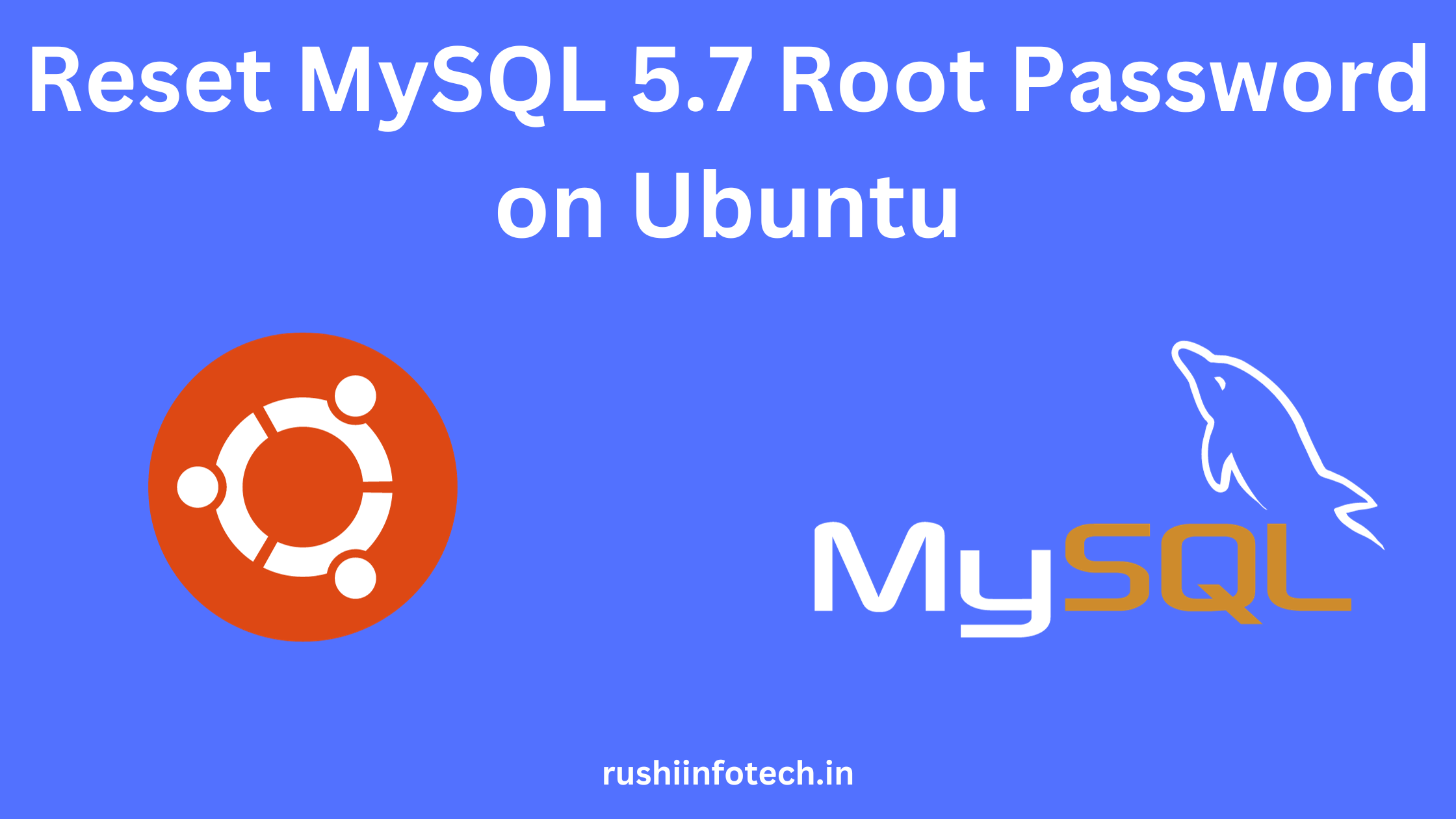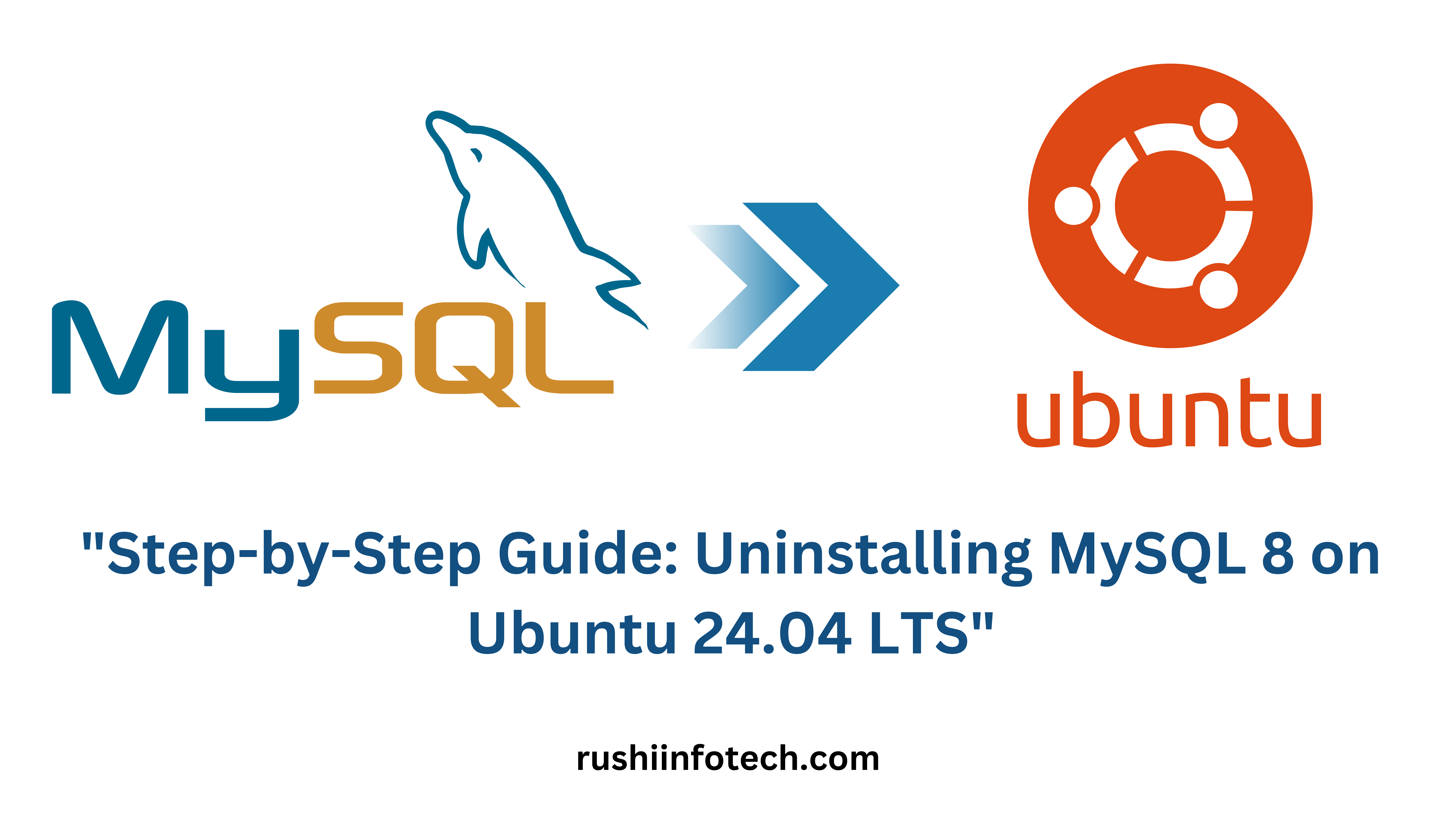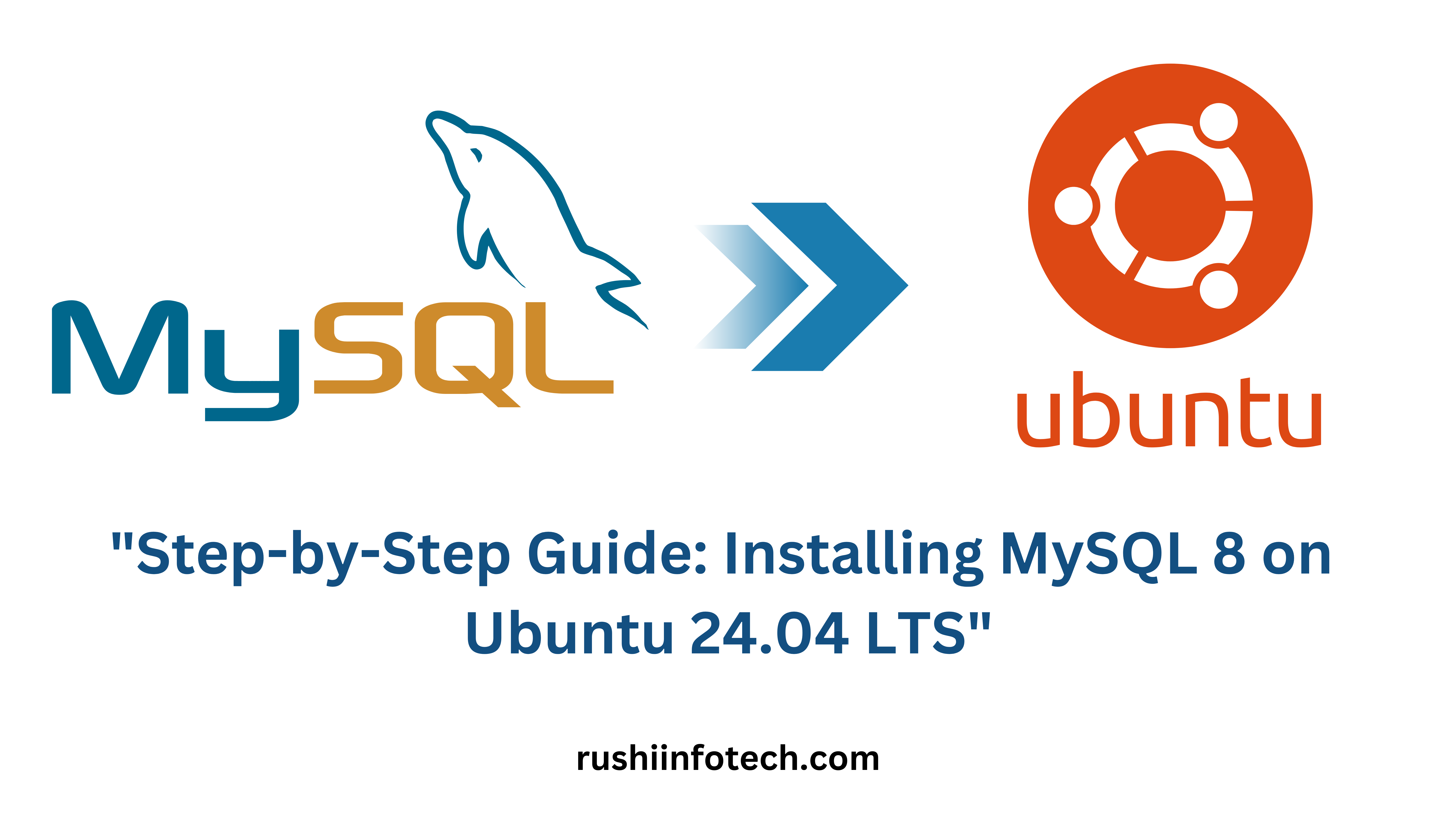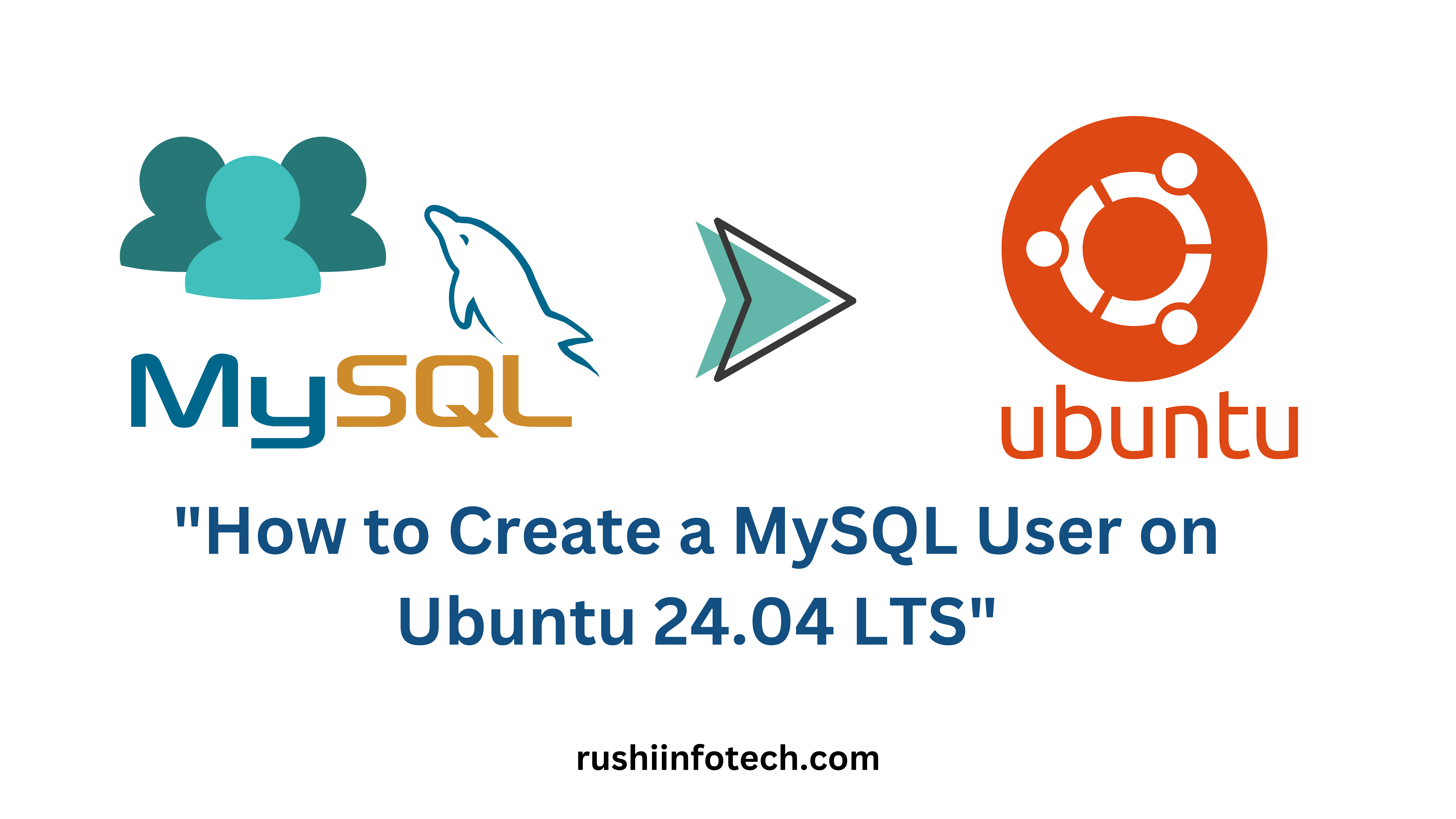Similar Posts

Installation Guide: MySQL 5.7 on Ubuntu 20.04/22.04 LTS
You need to be logged in to view this content. Please Log In. Not a…

How to Reset MySQL 5.7 Root Password on Ubuntu 22.04 LTS?
You need to be logged in to view this content. Please Log In. Not a…

How to Uninstall MySQL 8 on Ubuntu 24.04 LTS
You need to be logged in to view this content. Please Log In. Not a…

How to Install MySQL 8 on Ubuntu 24.04 LTS 🐧🛠️
You need to be logged in to view this content. Please Log In. Not a…

How to Create a MySQL User on Ubuntu 24.04 LTS
You need to be logged in to view this content. Please Log In. Not a…

Connecting to Amazon RDS with phpMyAdmin: Easy Steps: 7 steps
You need to be logged in to view this content. Please Log In. Not a…
